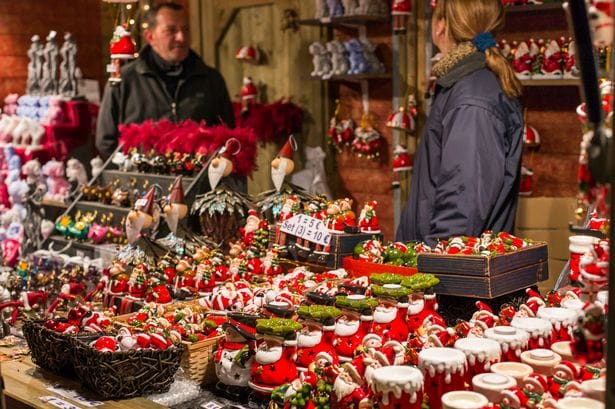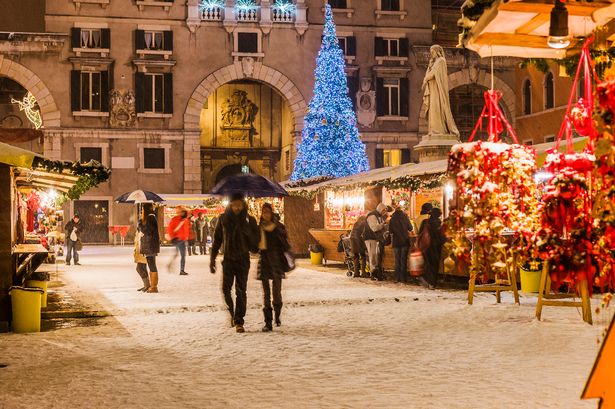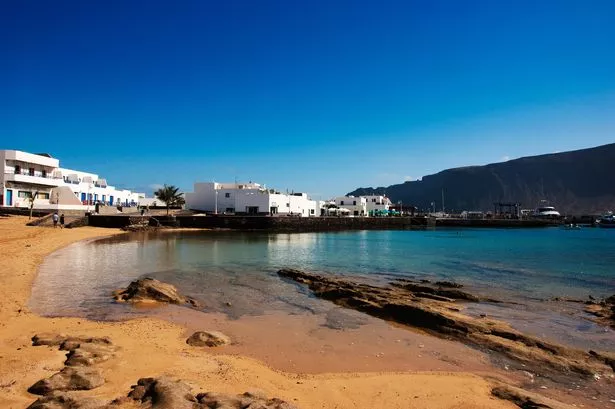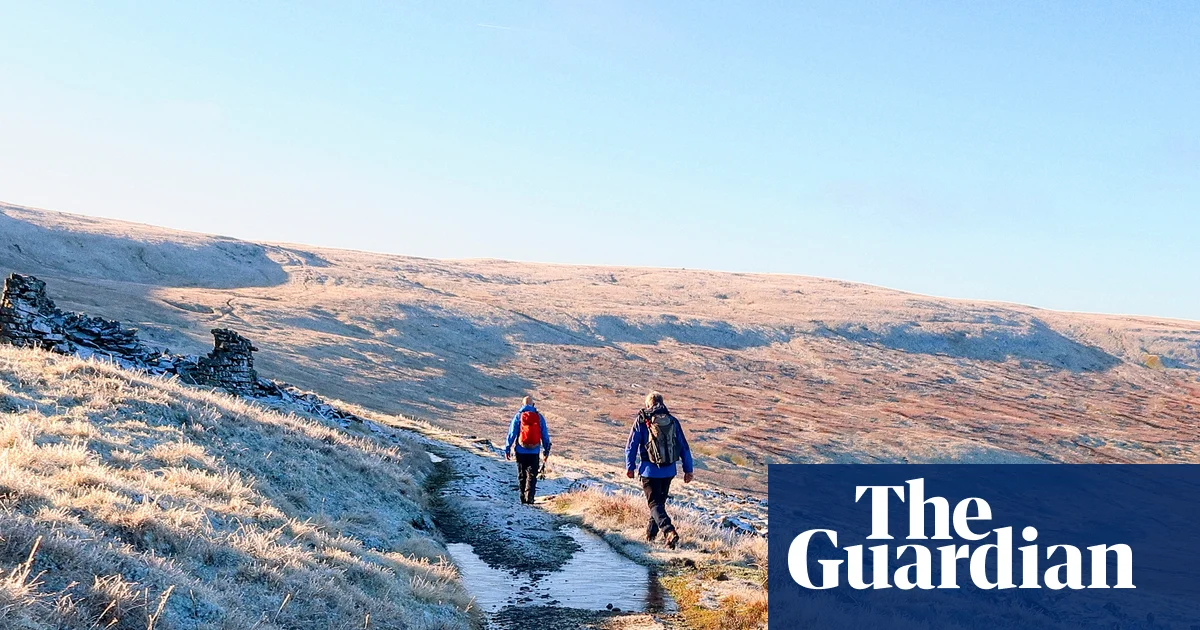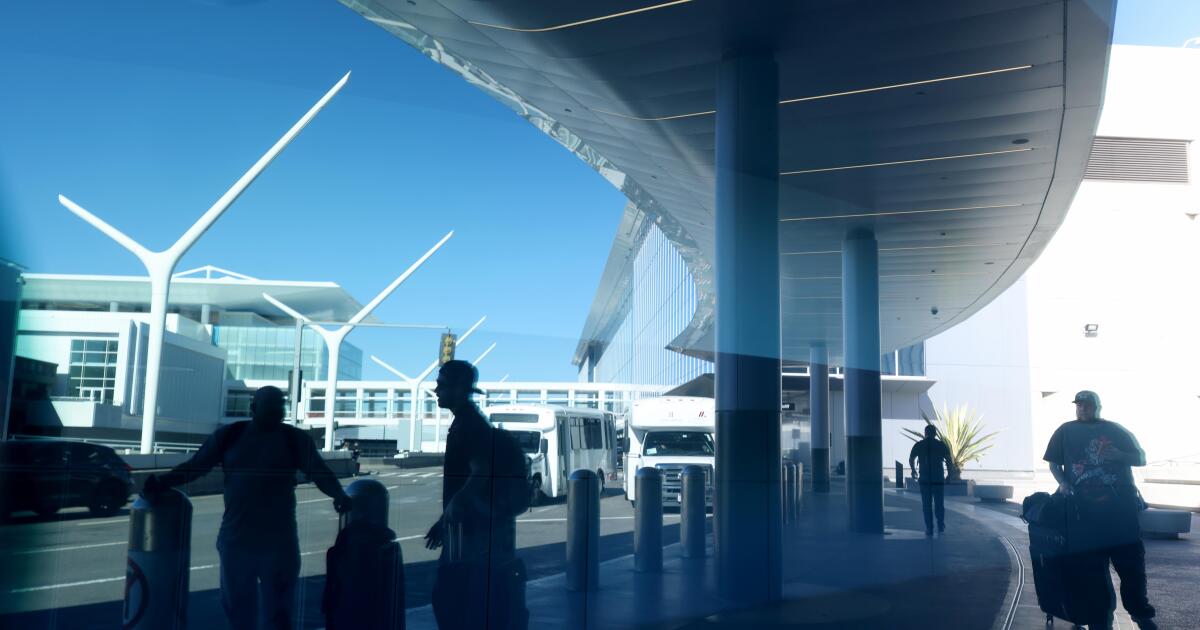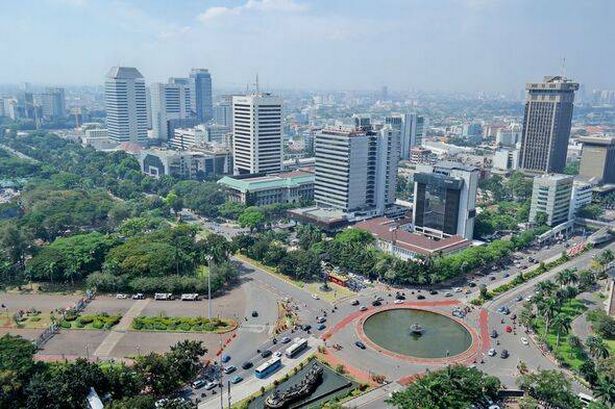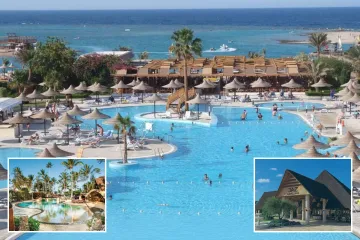While the climate isn’t very Christmassy, that doesn’t stop the island from getting in the festive mood, with its Christmas Market running from the 10th December all the way to New Years Eve.
Brits looking for winter sun getaways don’t need to jet off to exotic long-haul destinations. The Canary Islands may be at their most popular during the summer months, but come winter they still offer balmy weather – and some surprising festive fun.
Tenerife, the largest of the Canaries, is about a four-hour flight from the UK, and boasts December temperatures ranging from 20 to 24 degrees, making it an ideal location if you want to escape the dreary British weather. It won’t be warm enough to lay out on a beach, but it will be ideal if you want to explore the scenic walks or just stop off and enjoy a pint outside.
The climate may not feel very Christmassy, but that doesn’t stop the island from getting in the festive mood, with its San Cristobal de La Laguna Christmas Market running from the 10th December all the way to New Year’s Eve.
The market has everything you’d expect, including a a myriad of artisan stalls that feature local crafts made of volcanic stone, banana fibre, and traditional Canarian embroidery. It’s the perfect spot for picking up a souvenir or two, or giving your Christmas decorations back home a unique twist.
In fact, if you’re looking for the perfect Christmas trinket to take home, keep your eyes peeled for belenes, which are nativity scenes that feature elements of the island’s spectacular landscape.
The market takes place within the island’s UNESCO recognised town-centre, made up of picturesque winding streets and featuring plenty of budget-friendly eateries where you can sample local fare. For foodies, the Christmas market itself serves up a variety of classic Canarian specialties, including bienmesabe (a sweet almond dessert), papas arrugadas with mojo sauce, and festive waffle ice cream. (Or of course you can opt for a cheeky mulled wine in the sunshine).
Plenty of airlines offer direct flights to Tenerife including Ryanair, easyJet, Jet2 and British Airways, but if you’re after something a little different for the festive season, you can find a number of cruises with the likes of Marella Cruises that include a stop in the Canaries.
Chris Hackney, CEO of Marella Cruises, says that Tenerife is quietly becoming one of the most sought after destinations for those looking for a spot of sunshine during the winter.
“Tenerife is known to be the ultimate winter escape, especially near Christmas,” he explained. “As our most popular Cruise & Stay destination, Tenerife has seen a remarkable 29% year-on-year rise, with longer stays booming as 10-night holidays up by 69%, 11-night by 34%, and 14-night by 7%. Even back-to-back cruises in the Canaries are up 17%, proving that more guests than ever are choosing to celebrate the season in the Canarian sun.”
There is one warning for any travellers staying on the island in the wake of Christmas. 28th December is treated a bit like April Fools Day on the Island, with newspapers joining in with locals to prank each other and any gullible tourists, so don’t believe everything you hear and read!
Have you got a travel story to share? Email us at [email protected].
